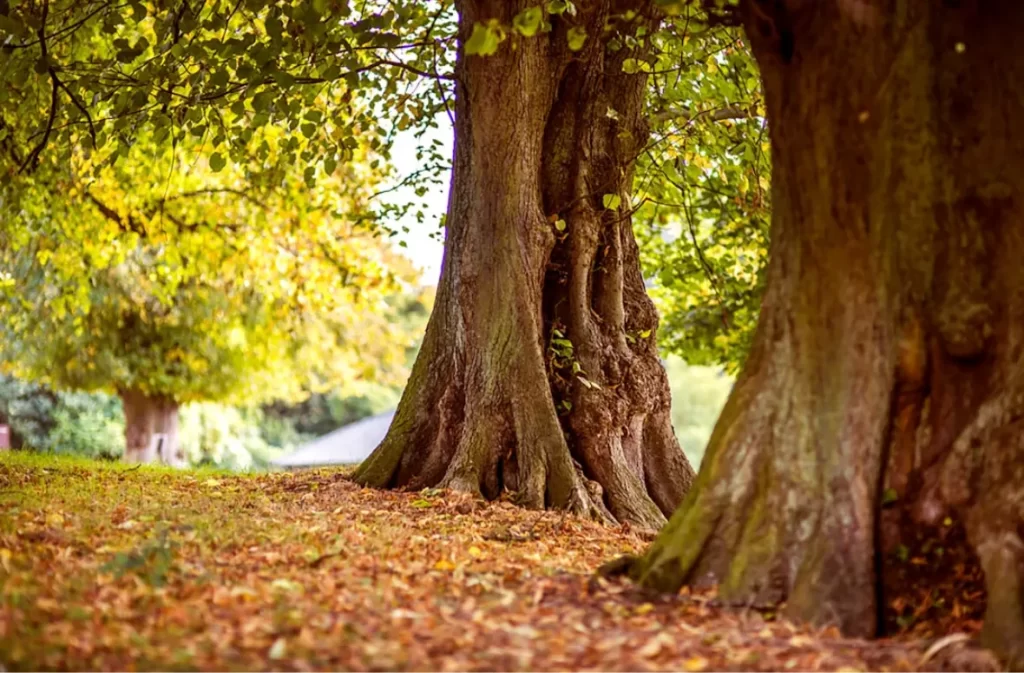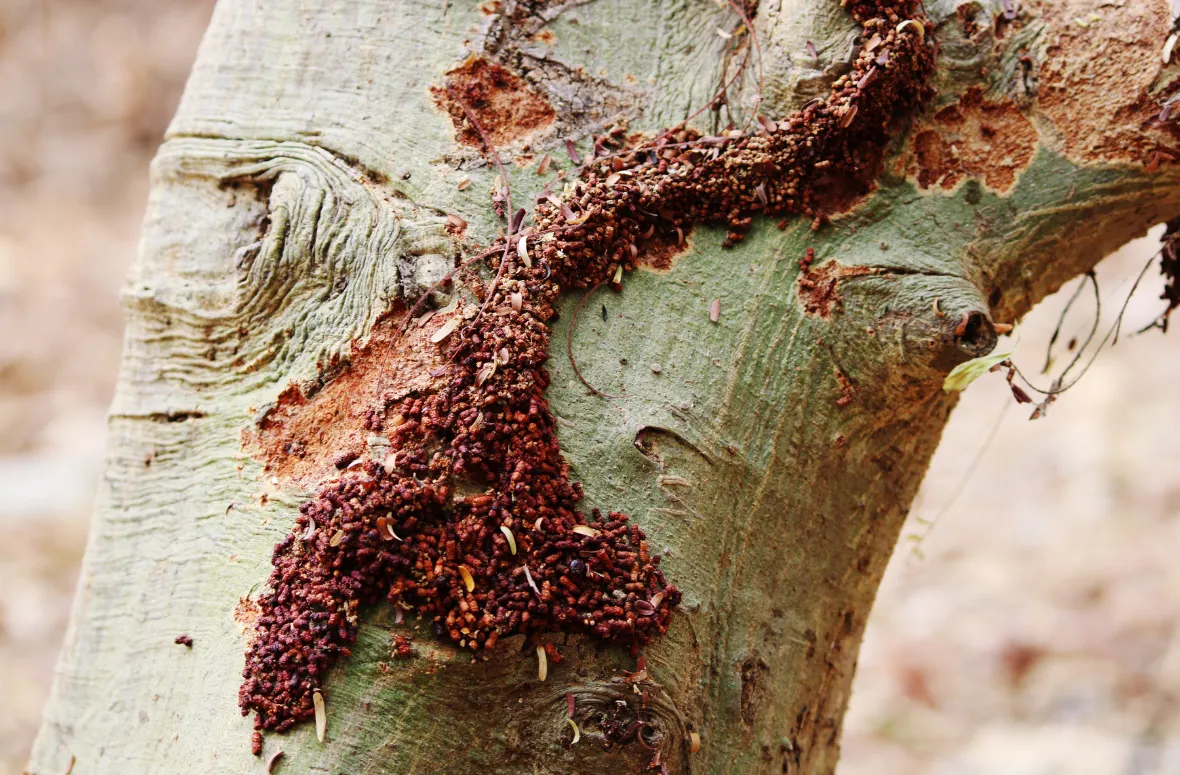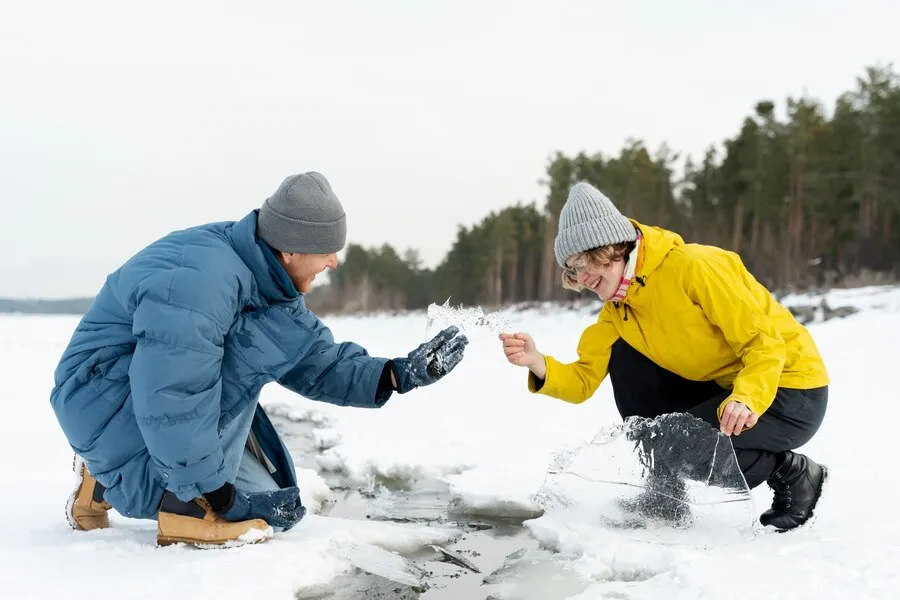Table of Contents
Trees play an essential role in our ecosystem, from providing oxygen to supporting wildlife. However, pests and animals are often the unseen threat to the health of our trees. They can cause significant damage, weaken the tree’s structure, and even lead to its death if not addressed. In this article, we will explore what eats trees, the types of pests and animals that damage them, and how you, as a homeowner, can protect your trees from these threats.
Understanding the Relationship Between Trees and Animals
Trees and animals share a unique relationship. Many animals rely on trees for shelter, food, and protection. However, some animals, such as deer, rabbits, and monkeys, may damage trees by eating their leaves, bark, or fruit. These animals can cause both immediate harm and long-term damage to the tree’s growth.
How Animals Eat Trees and Affect Growth
Animals such as deer and rabbits often nibble on the leaves, branches, and bark of trees. When this happens frequently, it can prevent the tree from growing as it should. For example, if a deer repeatedly eats the tree’s bark, it can disrupt the flow of water and nutrients, leading to the tree’s slow death. Animals can also damage the fruit-growing potential of trees by eating apples, nuts, or other fruits.
Common Types of Animals That Damage Trees

Some animals are notorious for causing damage to trees. These include:
- Deer: They are known to eat the leaves, bark, and even young branches of trees.
- Rabbits: Rabbits chew on the bark of younger trees, often causing damage near the ground.
- Monkeys: In some parts of the world, monkeys attack trees by eating the leaves or even breaking branches.
While animals are a natural part of the environment, their behavior can pose a serious threat to tree health, especially in areas where they are abundant.
Identifying and Managing Tree Damage
Tree damage can come from a variety of sources, but pests are often the root cause. Identifying the early signs of damage is crucial to preventing further harm to your trees.
Types of Damage to Trees You Should Be Aware Of
The most common signs of tree damage include:
- Bark Damage: Animals like squirrels and rabbits may chew through the bark, leaving exposed wood that is vulnerable to infections.
- Leaf Damage: Pests like caterpillars, insects, and certain types of bugs feed on the leaves of trees, weakening the tree’s ability to photosynthesize.
- Holes in the Tree: Borers, such as the emerald ash borer, can tunnel into the tree, causing internal damage that is not visible from the outside.
Understanding these signs early allows homeowners to take action before the damage worsens.
How Pests Contribute to Tree Damage
Pests are a significant factor in tree health. Insects such as ants, beetles, and caterpillars feed on different parts of the tree. For example, borers tunnel into the wood of the tree, while ants and beetles may attack the leaves and bark. Over time, the accumulation of these tiny pests can cause much damage to the tree’s structure.
Common Tree Pests and Their Impact
There are several types of tree pests that homeowners should be aware of. These pests can cause damage to trees both directly and indirectly by feeding on various parts of the tree.
Common Tree Pests: Bugs, Borers, and More
- Bugs: Insects like aphids and scale insects suck sap from trees, weakening them and making them more susceptible to disease.
- Borers: The emerald ash borer is a particularly dangerous pest. It burrows into trees, causing internal damage that can kill the tree if not managed promptly.
- Caterpillars: Caterpillars eat the leaves and stems of trees, disrupting the tree’s ability to produce food and grow.
The Role of Insects in Tree Damage
Insects play a significant role in tree health, especially when their population is uncontrolled. For example, certain species of insects can infest a tree and cause damage to the bark and leaves, making it harder for the tree to survive.
Understanding the Emerald Ash Borer and Its Effects

The emerald ash borer is one of the most invasive tree pests. It attacks ash trees by tunneling under the bark and disrupting the flow of nutrients and water. If left untreated, an emerald ash borer infestation can kill the tree in just a few years. Homeowners must monitor their trees regularly and take action to prevent these pests from taking hold.
Types of Tree Pests and How They Eat Trees
Different pests damage trees in various ways. Some pests feed on the tree’s leaves, while others target the bark or wood. Understanding the type of pest you are dealing with is the first step in protecting your tree.
The Different Types of Bugs That Eat Trees
Bugs like beetles and ants are common pests that feed on trees. Some eat the leaves, while others bore into the wood or sap. Understanding what pests are affecting your tree can help you take the right action to treat it.
Also Read: The Changing Dynamics of Family Law in Modern Times
How Borers Damage Trees from the Inside
Borers are particularly harmful because they burrow deep into the tree’s wood, causing internal damage that is difficult to detect. They weaken the tree’s structure, making it more vulnerable to disease and other pests.
Protecting Your Trees as a Homeowner
As a homeowner, it’s essential to take proactive steps to protect your trees from damage. Effective tree care can prevent pests from causing harm and keep your trees healthy.
Effective Pest Control Strategies for Homeowners
- Prune regularly: Pruning helps to remove damaged branches that could attract pests.
- Use preventative treatments: Pesticides and other treatments can protect trees from pests like insects, borers, and ants.
- Fertilize and water: A healthy tree is less likely to be damaged by pests. Regularly fertilizing and watering your tree can help it grow strong.
Recognizing Signs of Ant Damage on Your Trees
Ants often build nests in tree branches or trunks. They may also feed on the sap. If you notice ants on your tree, it’s essential to investigate further to determine if they are causing damage or leading to an infestation.
The Economics of Tree Care

Taking care of your trees isn’t just about preserving nature—it can also save you money in the long run.
The Cost of Ignoring Tree Pests
Ignoring tree pests can lead to much damage that may require expensive treatments or even tree removal. By catching problems early, homeowners can avoid costly repairs and protect their investments in their yards.
How Proper Tree Care Saves Money in the Long Run
Proper tree care can prevent the need for costly treatments down the line. Regular pest management, pruning, and watering can ensure that your trees stay healthy and continue to provide shelter and shade.
Specific Pests That Impact Tree Health
Certain pests are more common and cause specific damage to trees. These include ants, caterpillars, and squirrels.
What Homeowners Should Know About the Yellow Ant
The yellow ant is a common pest that feeds on tree sap and can damage tree bark. They are small but can cause significant problems if left unchecked. Monitoring for signs of yellow ants can help prevent an infestation.
How the Monkey Population Can Affect Local Trees
In some parts of the world, monkeys are known to damage trees by eating fruit or breaking branches. This can lead to significant damage, especially to fruit-growing trees like apple and banana trees.
When to Contact an Expert
In some cases, tree damage may require professional intervention. Recognizing when to contact an expert is key to saving your tree.
Recognizing When Tree Damage Requires Professional Attention
If you notice signs of severe damage, such as large infestations of insects, missing bark, or significant leaf loss, it may be time to contact a tree care professional.
Steps to Take to Protect Your Trees Before Contacting a Specialist
Before calling an expert, take some basic steps like pruning damaged branches, removing pests, and treating the tree with pest control. This can help reduce the severity of the damage and may even solve the problem on your own.




